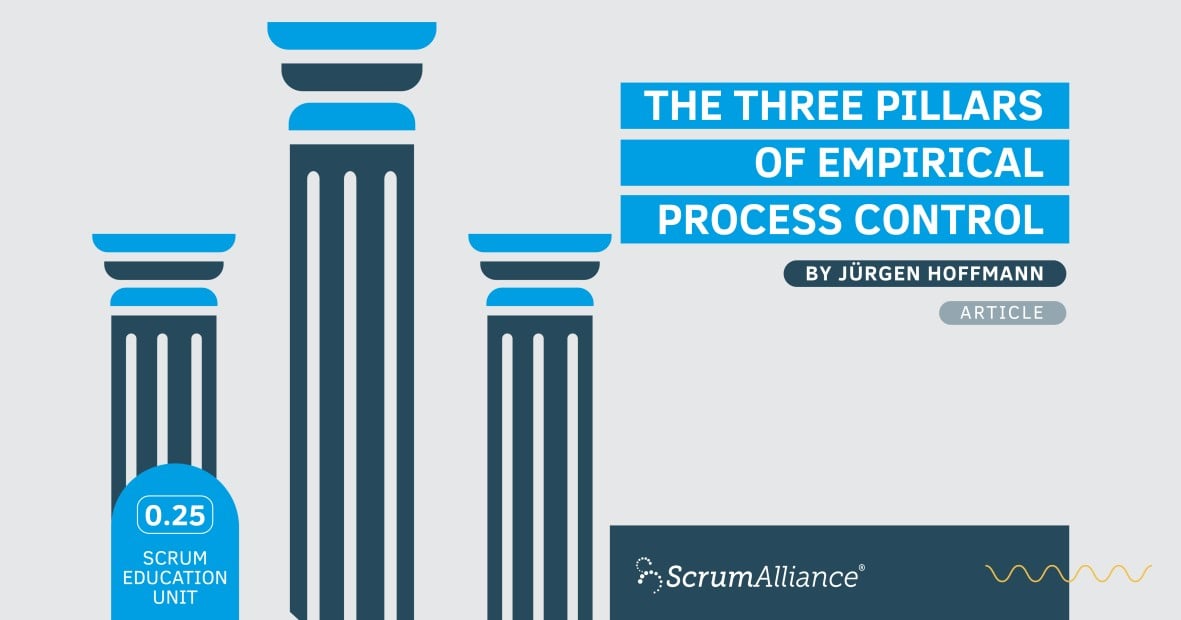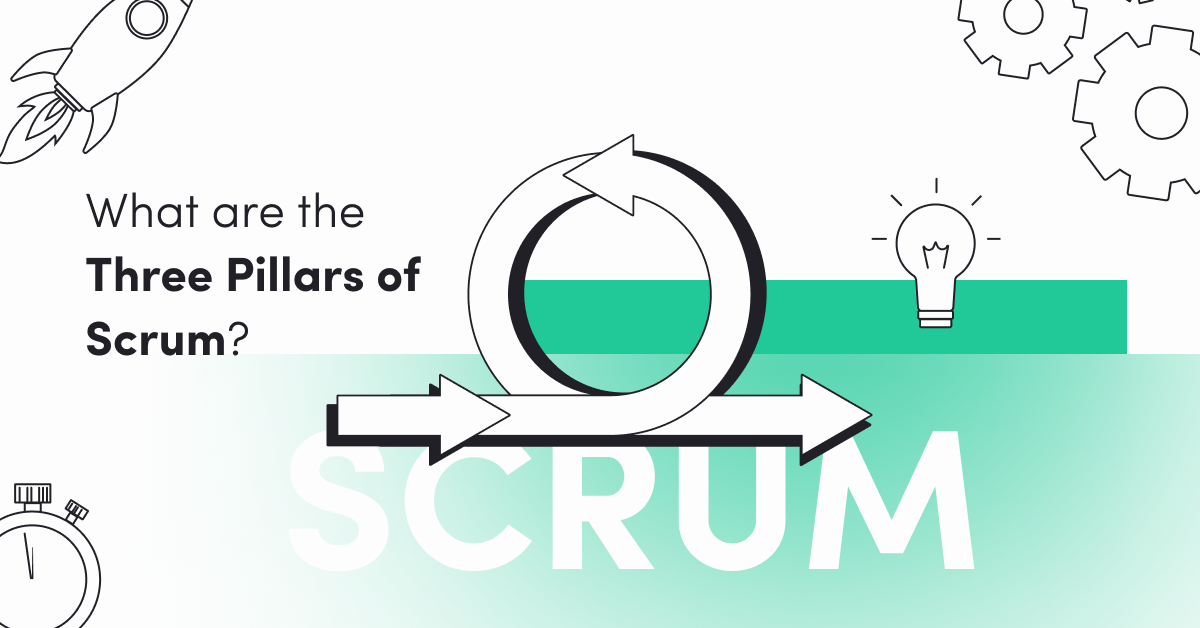Antwort What are the 3 pillars of scrum? Weitere Antworten – What are the pillars of the Scrum
Scrum, known for its empirical process framework, revolves around three core pillars: transparency, inspection, and adaptation.1. Transparency. According to the Scrum Guide, “The emergent process and work must be visible to those performing the work as well as those receiving the work.” It means that every part of the process should be clear as day for everybody on the Scrum Team.Adaptation in the context of Scrum product development is regarding the continuous improvement of the product. It is defined as an ability to improvise or adapt to the feedback or results of the inspection. Agile Methodology has always been supportive of adapting to changes.

What are the Scrum events : According to the Scrum Guide, the five Scrum Events are:
- Sprint Planning.
- The Sprint.
- Daily Scrum.
- Sprint Review.
- Sprint Retrospective.
What are the 3 pillars and 5 values of Scrum
The Three Pillars of Scrum
- Understand Scrum. Empiricism is weaved into scrum; we derive knowledge from our experiences while creating the product and make decisions based on our observations.
- Transparency.
- Inspection.
- Adaptation.
- Scrum Trainers Comment on Empiricism.
- About the Author.
What are the 5 Scrum values : What are the five Scrum values The five Scrum values are commitment, focus, openness, respect, and courage. According to the Scrum guide, “Successful use of Scrum depends on people becoming more proficient in living these five values.”
The 3 C's (Card, Conversation, Confirmation) of User Stories
Conversation – Discuss your ideas with others. Let them ask lots of questions. Work together to come up with ideal solutions. The goal is to build a shared understanding.
The Agile Manifesto consists of four key values:
- Individuals and interactions over processes and tools.
- Working software over comprehensive documentation.
- Customer collaboration over contract negotiation.
- Responding to change over following a plan.
What are the 5 Scrum ceremonies
The five scrum ceremonies are typically carried out in the following sequence:
- Sprint planning.
- Daily scrum.
- Sprint review.
- Sprint retrospective.
- Backlog refinement.
Scrum Values
- Commitment,
- Focus,
- Openness,
- Respect, and.
- Courage.
The Agile Manifesto consists of four key values:
- Individuals and interactions over processes and tools.
- Working software over comprehensive documentation.
- Customer collaboration over contract negotiation.
- Responding to change over following a plan.
The three Cs stand for Card, Conversation and Confirmation and in this article, I'm going to discuss each of the elements, explaining why, and how to ensure you're doing it right. I'll also scatter in a few tips from my experiences with agile teams.
What is the 3C format in Agile : In conclusion, the 3C's of Agile methodology – Collaboration, Communication, and Coordination – are essential elements that help to ensure the success of any Agile project. Collaboration promotes teamwork and ensures that everyone is working towards a common goal.
What are the 3 C’s in Agile : Collaboration, Communication, and Coordination
In conclusion, the 3C's of Agile methodology – Collaboration, Communication, and Coordination – are essential elements that help to ensure the success of any Agile project.
What are the 4 meetings in Scrum
What are the five key Agile Scrum meetings
- Sprint planning meeting. Before your team begins a Scrum sprint, you need to know where you're going.
- Daily standup meeting.
- Sprint review meeting.
- Sprint retrospective meeting.
There are four main Agile ceremonies: the sprint planning meeting, the daily stand-up meeting, the sprint review meeting, and the sprint retrospective meeting.The five Scrum values are commitment, focus, openness, respect, and courage. According to the Scrum guide, “Successful use of Scrum depends on people becoming more proficient in living these five values.”
What are the 5 agile values : The five Scrum values are commitment, focus, openness, respect, and courage. In Scrum methodology, these values serve as a guide for individual and team behavior, intending to boost collaboration and increase the odds of project success.


![csm_2405-bauerfeind-produktkategoriesseiten-bandagen-ellenbogenbandage-2560x1400_88-1_f91f66009c[1]](https://www.nakajimamegumi.com/wp-content/uploads/2024/06/csm_2405-bauerfeind-produktkategoriesseiten-bandagen-ellenbogenbandage-2560x1400_88-1_f91f66009c1-1024x521-65x65.jpg)
![Ischiasschmerzen[1]](https://www.nakajimamegumi.com/wp-content/uploads/2024/06/Ischiasschmerzen1-1024x640-65x65.jpg)
![csm_blogbeitrag_autoimmunerkrankung_d307ac8b72[1]](https://www.nakajimamegumi.com/wp-content/uploads/2024/06/csm_blogbeitrag_autoimmunerkrankung_d307ac8b721-1024x576-65x65.jpeg)